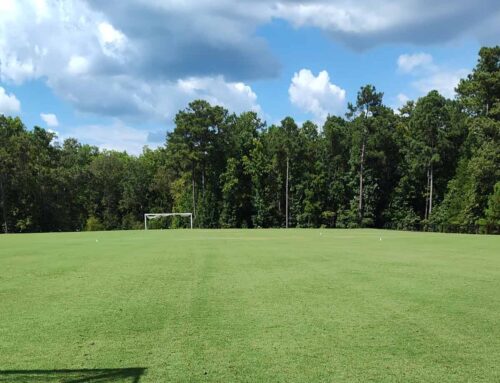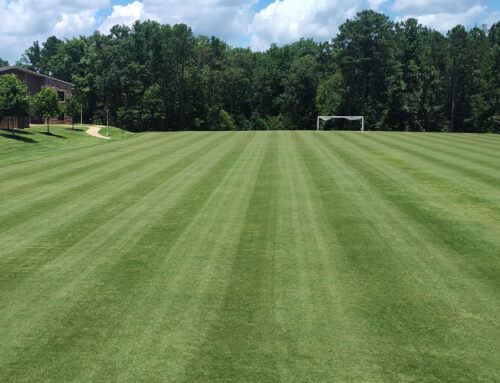8 Key Challenges in Athletic Field Management (and How to Overcome Them)
As fall sports reach the final stretch of their regular seasons, it’s time for sports field administrators to assess how well their fields have withstood the season’s demands. Have the playing surfaces held up to the pressures presented by the sports played on them? Proper pre-season maintenance is crucial not only for athlete safety and performance but also for the overall longevity of the field. However, maintaining top-performing athletic fields comes with its own set of challenges—from budget constraints to unpredictable weather, and from soil health to stakeholder expectations. Each obstacle requires careful consideration and strategic solutions.
At LaGrange Landscape & Maintenance, we understand these challenges and are here to help you overcome them, ensuring your fields are safe, durable, and ready for peak performance.
Here’s a look at the top challenges field management professionals face and how you can overcome them to achieve peak performance.
Key Challenges in Athletic Field Management
1. Budget Constraints and Resource Allocation
Balancing budgets and resource allocation is a critical challenge in athletic field management. Limited budgets affect the frequency of essential maintenance, the quality of materials, and the ability to invest in equipment. This financial pressure often forces tough decisions, like prioritizing specific areas of the field or delaying upgrades that would improve overall performance
Similarly, limited staff and resources add to the challenge, making it difficult to carry out all maintenance tasks effectively. To address this, it’s important to prioritize tasks based on urgency, train staff across multiple areas, and use technology to streamline operations. By implementing smart resource allocation and seeking cost-effective solutions, field managers can maintain high standards of safety and quality without overspending.
2. Weather Conditions
Weather is an unpredictable factor that can significantly disrupt field preparation and maintenance efforts. Heavy rain, drought, extreme temperatures, or sudden storms can all present unique challenges. For instance, excessive rainfall can lead to waterlogged fields, causing delays in scheduled maintenance, even damaging the turf, or postponement/cancellation of games. On the other hand, prolonged drought can dry out the soil, making it harder for grass to grow and thrive as well as creating a rock-hard playing surface. The goal is how to maintain consistent field quality despite these uncontrollable weather conditions. Investing in proper drainage systems, flexible scheduling, and adaptive maintenance practices can mitigate the impact of adverse weather, ensuring fields remain playable and safe.
3. Scheduling and Field Usage
Balancing the high demand for field use with the time required for essential maintenance is another significant challenge. Athletic fields often serve multiple sports teams and events, leaving little downtime for maintenance. This tight schedule can lead to wear and tear, resulting in suboptimal field conditions. The goal is ensuring that the fields remain in peak condition while accommodating a busy calendar. Having a regular maintenance schedule and scheduling more time-consuming maintenance practices for times when field use is less, helps with managing the stress on the turf. Administrators should keep in mind that the fields need to have time to recover and should schedule accordingly.
4. Soil and Turf Health
The health of the soil and turf is foundational to field performance, yet it’s often compromised by issues like soil compaction, poor drainage, and continuous turf wear. Over time, these problems can degrade the quality of the field, leading to unsafe playing conditions. Maintaining healthy soil and turf requires ongoing attention and specialized knowledge, including understanding the right balance of aeration, fertilization, and irrigation. The goal is preventing long-term damage to the field, which could necessitate costly repairs or replacements. Regular monitoring and employing techniques such as core aeration and topdressing at the correct times can significantly improve soil and turf health, ensuring a robust playing surface.
5. Pest and Weed Control
Invasive pests and weeds are persistent threats that can quickly damage athletic fields if not managed effectively. However, controlling these issues without harming the turf is a complex task. The goal is protecting the integrity of the field while adhering to safety and environmental standards. Integrated pest management (IPM) strategies, which combine biological, cultural, and chemical controls, offer a balanced approach to pest and weed control, minimizing stress on the turf and potential harm to the environment.
6. Safety and Injury Prevention
Safety is paramount in athletic field management, and poorly maintained fields can increase the risk of injuries to athletes. Uneven surfaces, poor drainage, and other hazards can lead to trips, falls, and other accidents. While injuries can happen anytime, minimizing these field hazards creates a safer playing surface. Regular inspections, timely repairs, and proper maintenance practices, such as leveling the field and proper soil moisture levels, are essential to prevent injuries and maintain player safety.
7.Public and Stakeholder Expectations
Managing expectations from various stakeholders, including athletes, coaches, parents, and the community, can be challenging. Everyone expects the field to be in top condition, but high expectations may not always align with available resources. The goal is meeting or exceeding these expectations while managing realistic maintenance capabilities. Clear communication, setting realistic expectations, and delivering consistent results can help build trust and satisfaction among stakeholders.
8. Long-Term Field Durability
Ensuring the longevity of the field through proper maintenance practices is vital for sustaining peak performance over time. Without proper regular care, fields can suffer from wear and tear that could lead to costly repairs or even require a full renovation.The goal for any administrator should be achieving consistent, high quality field conditions that last multiple seasons. Implementing a comprehensive maintenance plan that includes aeration, fertilization, and irrigation will ensure the field remains durable and performs well season after season.
Solutions for Peak Performance: Tailored to Your Field’s Needs
At LaGrange Landscape & Maintenance, we are dedicated to helping you navigate these challenges. Our expert team provides customized solutions for aeration, fertilization, irrigation, and ongoing maintenance. We’ll ensure your fields are not only ready for peak performance but also stay in top shape season after season. Reach out to us today to discover how we can support your field management needs and keep your athletic fields performing at their best.



